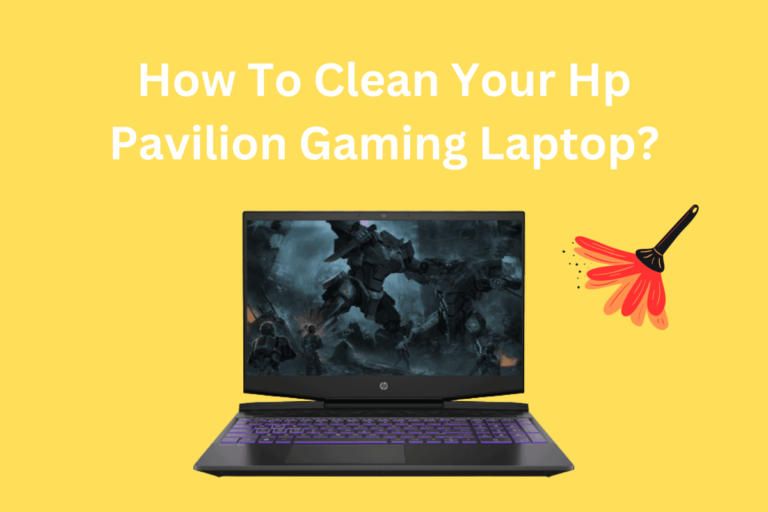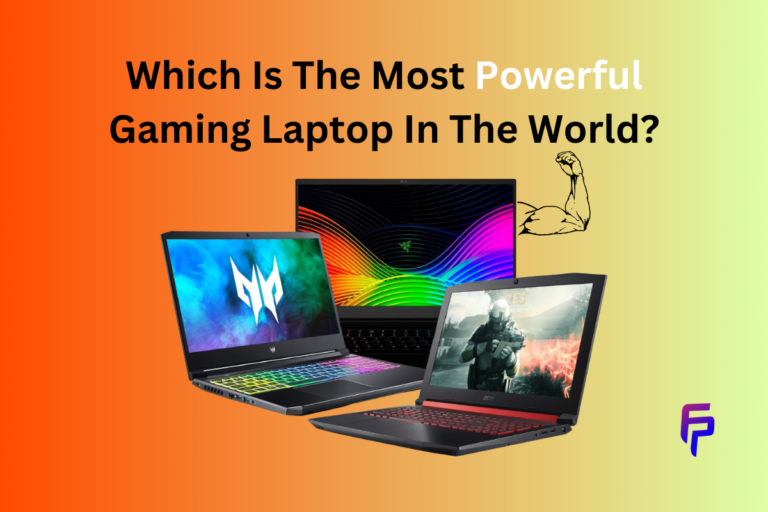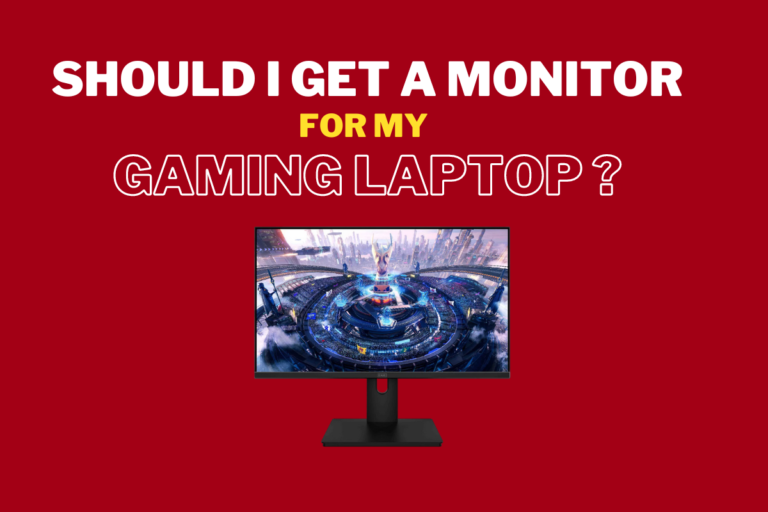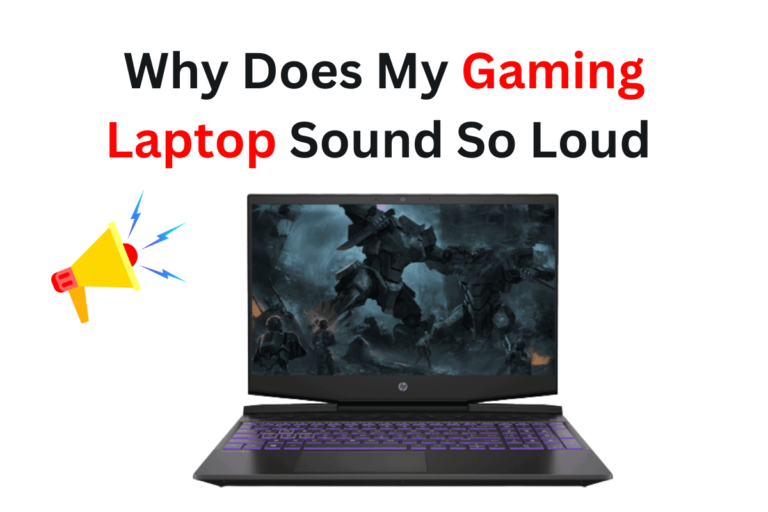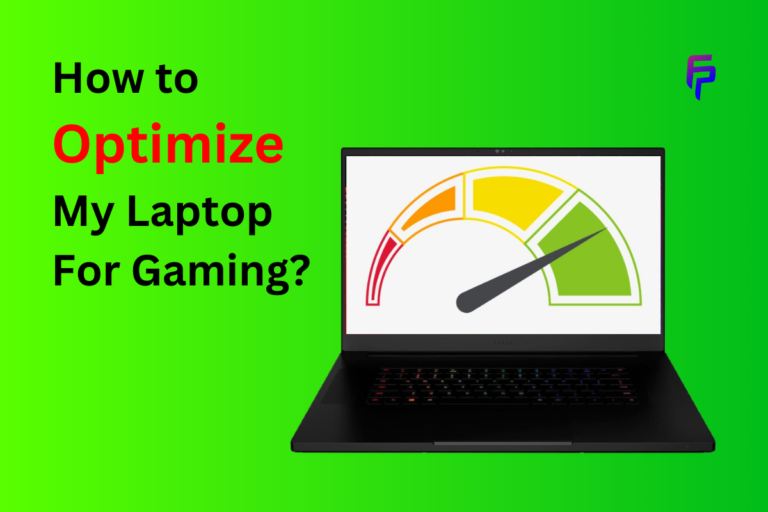
Ever wondered how many watts your gaming laptop gobbles up while you’re exploring virtual realms or tackling important tasks? In this blog, “How Many Watts Does A Gaming Laptop Use?” we’ll unlock the secrets behind your laptop’s power consumption.
Gaming laptops have become our trusted companions, offering thrilling adventures and productivity. But understanding their electricity hunger is not just a matter of curiosity; it’s a way to save money and reduce your environmental footprint.
Let’s dive in to learn about power ratings, how gaming laptops compare to regular ones, and discover practical ways to cut your laptop’s energy appetite. Ready to uncover the power behind the pixels?
Understanding Power Ratings
The term “watts” in the context of electricity may sound technical, but it’s quite simple. Think of it as a measure of how much power your gaming laptop consumes. Understanding this is like knowing how much fuel your car uses.
When you plug in your laptop to charge or use it on battery, it’s consuming a certain number of watts. These watts indicate the rate at which your laptop is using electricity. For a gaming laptop, this can be a bit more, thanks to the power-hungry components inside.
Now, you might wonder, “Why should I care about watts?” Well, because it affects your electricity bill. The more watts your laptop uses, the more money you’ll see on your bill. Also, it’s essential for eco-conscious folks because using less power is better for the environment.
Power ratings are typically measured in watts (W), and you’ll find them on your laptop’s charger or in the user manual. It’s the key to understanding how much energy your gaming laptop craves.
Factors Affecting Gaming Laptop Wattage

Gaming laptops aren’t like regular laptops—they’re equipped with powerful components to handle graphics-intensive games and demanding tasks. These components significantly influence how many watts your gaming laptop consumes. Here are some of the key factors:
Graphics Card
The graphics card (GPU) in a gaming laptop is one of the most power-hungry components. High-performance GPUs can consume a substantial amount of electricity, especially when running the latest games with stunning visuals.
Central Processing Unit (CPU)
The CPU is another power-hungry component. Faster processors require more energy to handle complex calculations and tasks, which is often the case when gaming.
RAM
While not as power-hungry as the GPU or CPU, RAM still has a role to play. When running memory-intensive games or applications, your laptop may use more power to keep things running smoothly.
Display: The size and type of your laptop’s display can impact power consumption. Larger screens with higher resolutions may require more energy. Additionally, features like high refresh rates can demand extra power, especially during gaming.
Storage Drives
Solid-state drives (SSDs) are generally more energy-efficient than traditional hard disk drives (HDDs). Using an SSD in your gaming laptop can help conserve power.
Peripheral Devices
Devices like external keyboards, mice, or VR headsets connected to your laptop can draw additional power. So, it’s not just your laptop’s internal components to consider.
Understanding these factors can help you grasp why gaming laptops consume more watts than regular ones.
Maximum Power Consumption

When it comes to gaming laptops, there’s a question many gamers are curious about: “How much power can my laptop gulp down at its peak?” Well, the answer depends on several factors.
Gaming laptops can consume varying amounts of power depending on the game you’re playing and how intensively you’re using your laptop. During heavy gaming sessions, your gaming laptop might draw anywhere from 100 to 300 watts or even more. The specific wattage depends on the game’s demands and the laptop’s hardware.
For everyday tasks like web browsing, streaming videos, or office work, the power consumption typically drops significantly. In such cases, your gaming laptop may consume around 50 to 100 watts.
Knowing the maximum power consumption of your gaming laptop is crucial for a few reasons. First, it helps you plan your electricity usage and estimate its cost. Second, it allows you to select an appropriate power source or adapter. And third, understanding these numbers can assist in optimizing your laptop’s performance and battery life.
Energy-Saving Techniques
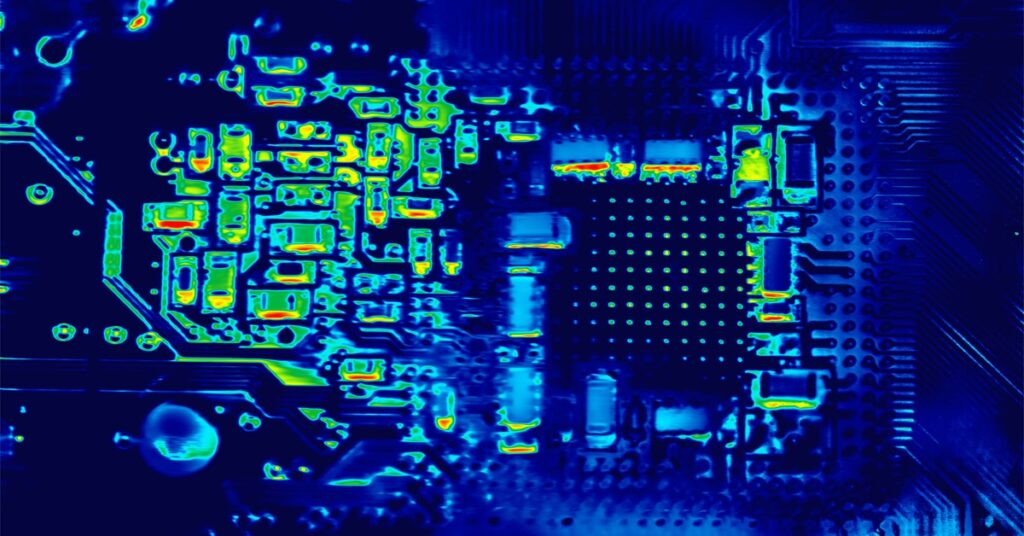
While gaming laptops can be power-hungry, there are several practical strategies to reduce their energy consumption and extend battery life. Here are some helpful tips:
Power-Saving Mode:
Most operating systems have power-saving modes that reduce the laptop’s power consumption. Activating this mode can lower the wattage your gaming laptop uses, particularly during less demanding tasks like web browsing or document editing.
Adjust Screen Brightness:
The screen is one of the biggest power consumers on your laptop. Lowering the brightness when it’s not necessary can significantly reduce power usage.
Close Unnecessary Background Apps:
Running multiple applications in the background can increase your laptop’s power consumption. Close or pause unused programs to save energy.
Use a Cooling Pad:
Overheating can cause your laptop’s components to work harder, leading to increased power consumption. A cooling pad can help maintain lower temperatures.
Optimize In-Game Settings:
Many games allow you to adjust graphics settings. Lowering the graphics quality can reduce the strain on your GPU and, consequently, lower power usage.
Upgrade to an SSD:
If your gaming laptop still uses a traditional hard drive, consider upgrading to a solid-state drive (SSD). SSDs are not only faster but also more energy-efficient.
Keep Your Laptop Clean:
Dust and debris can accumulate inside your laptop, making its cooling system less efficient. Regularly cleaning your laptop can help maintain optimal performance and energy efficiency.
By implementing these energy-saving techniques, you can reduce power consumption, potentially lower your electricity bill, and extend the life of your gaming laptop.
Gaming Laptops vs. Everyday Laptops
| Aspect | Gaming Laptops | Everyday Laptops |
| Primary Use | High-performance gaming and resource-intensive tasks | Everyday tasks like web browsing, document editing, and video streaming |
| Components | Powerful GPUs and CPUs | More energy-efficient components |
| Power Consumption | Typically consume more power, ranging from 50 to 300 watts during use | Use around 20 to 50 watts on average |
| Battery Life | Shorter battery life when not plugged in | Prioritize longer battery life for on-the-go productivity |
| Graphics | Equipped with dedicated GPUs for gaming | May have integrated graphics for power efficiency |
| Display | Often feature high-refresh-rate displays for smoother gaming | Standard displays suitable for general tasks |
| Ideal For | Gamers and those requiring high-performance computing | Students, professionals, and general users looking for balanced performance and efficiency |
Impact on Your Electricity Bill
Understanding the power consumption of your gaming laptop isn’t just about satisfying your curiosity; it’s also about keeping an eye on your monthly electricity bill. Here’s how your gaming laptop can impact your finances:
Power-Hungry Sessions:
As we’ve discussed, gaming laptops can consume a significant amount of power during intense gaming sessions. The more you game, the more electricity you’ll use. This can lead to higher energy costs, especially if you have longer gaming marathons.
Balancing Act:
It’s a balancing act. The excitement of gaming must be weighed against the cost. Using a gaming laptop efficiently, such as optimizing settings and using energy-saving techniques, can help mitigate the financial impact.
Consider Screen Time:
Beyond gaming, screen time matters. If you use your gaming laptop extensively for work or entertainment, be mindful of its cumulative power usage. This can affect your electricity bill more than you might think.
Eco-Friendly Choices:
If you’re eco-conscious, reducing your gaming laptop’s power consumption not only saves you money but also minimizes your carbon footprint. Using energy-saving practices is a win-win for your wallet and the environment.
Conclusion
In our exploration of “How Many Watts Does A Gaming Laptop Use?” We’ve discovered that gaming laptops consume more power than everyday laptops, typically ranging from 50 to 300 watts. Understanding these power differences empowers you to make energy-efficient choices.
By using power-saving features and making small adjustments, you can reduce your electricity bill and environmental impact. So, as you enjoy your gaming and daily tasks, remember that you have the power to make them efficient and eco-friendly. Stay informed, stay efficient, and game on!
FAQs
Q: What is a good wattage for a gaming laptop?
Ans: A good wattage for a gaming laptop typically ranges from 100 to 150 watts.
Q:Do gaming laptops use a lot of energy?
Ans: Yes, gaming laptops can use a significant amount of energy, especially during demanding gaming sessions.
Q: How many watts should a laptop use?
Ans: A typical laptop should use around 20 to 50 watts for everyday tasks.
Q: How many watts does a laptop use in 8 hours?
Ans: On average, a laptop can use around 160 to 400 watt-hours in 8 hours, depending on usage and power settings.

